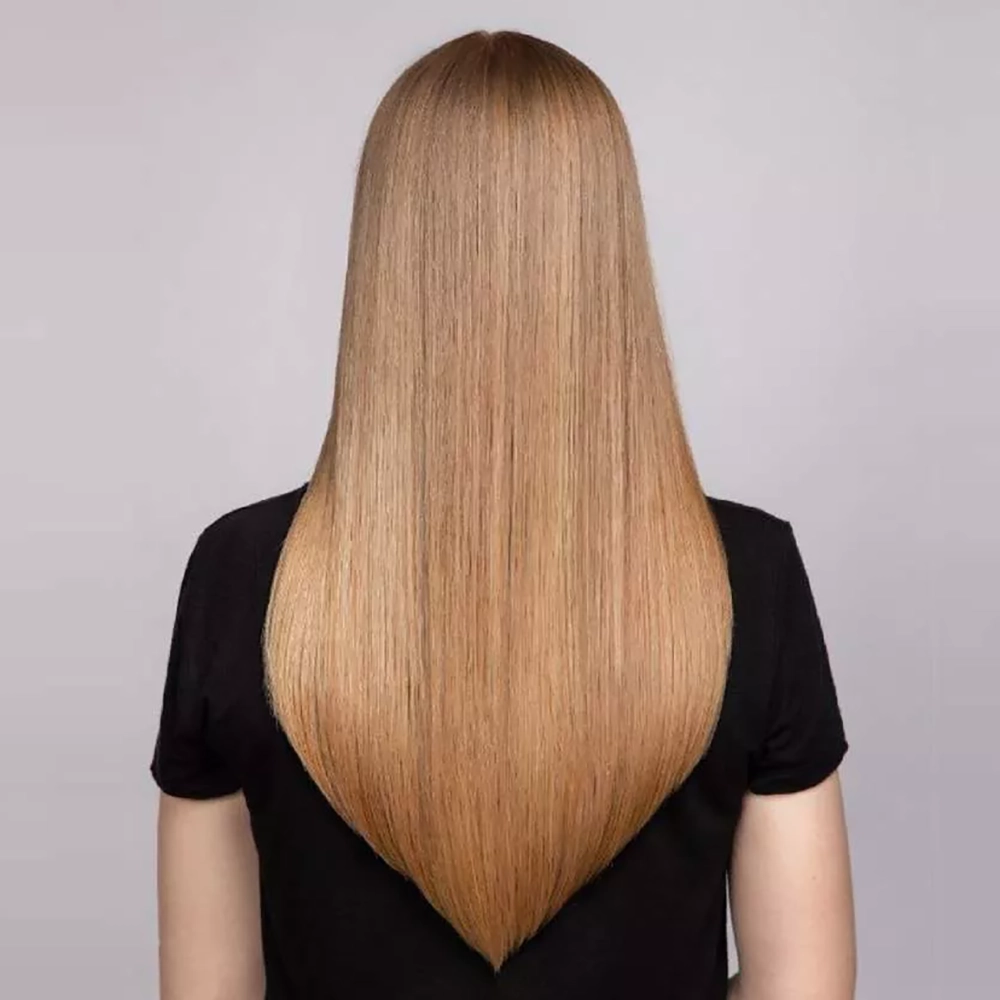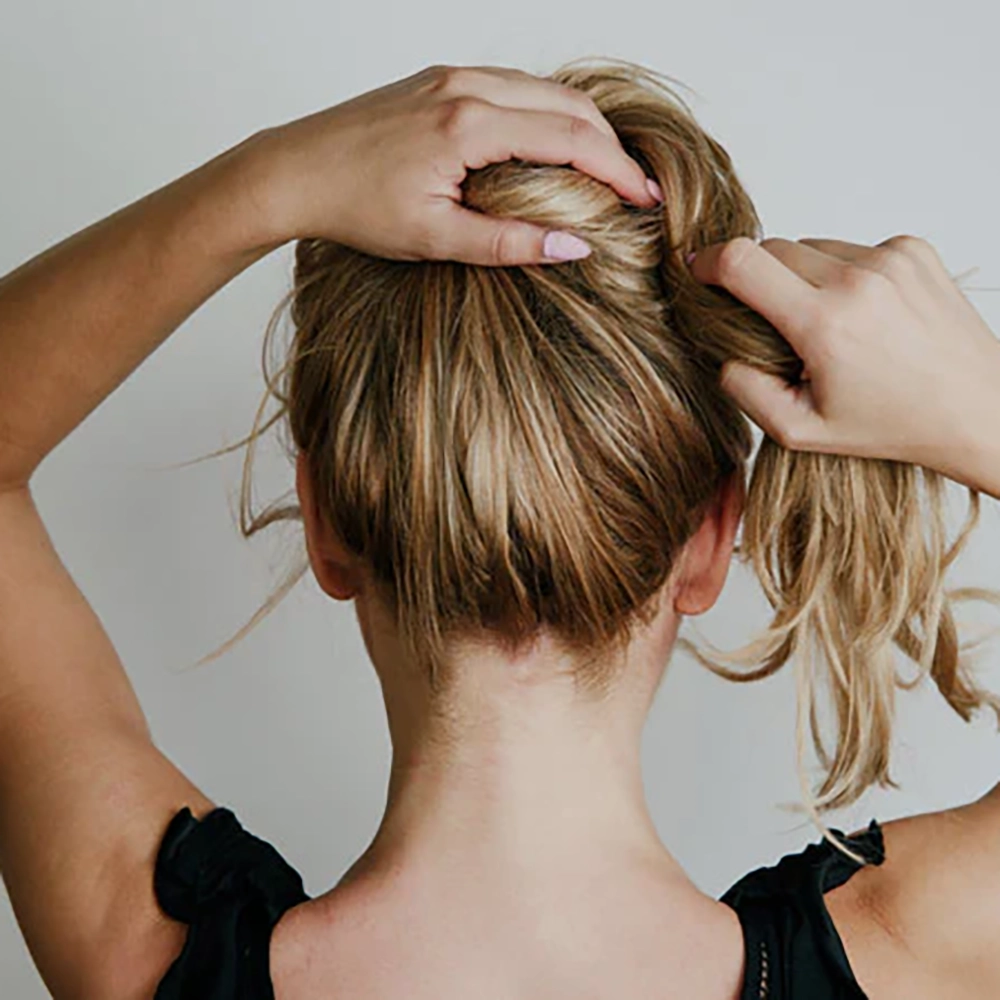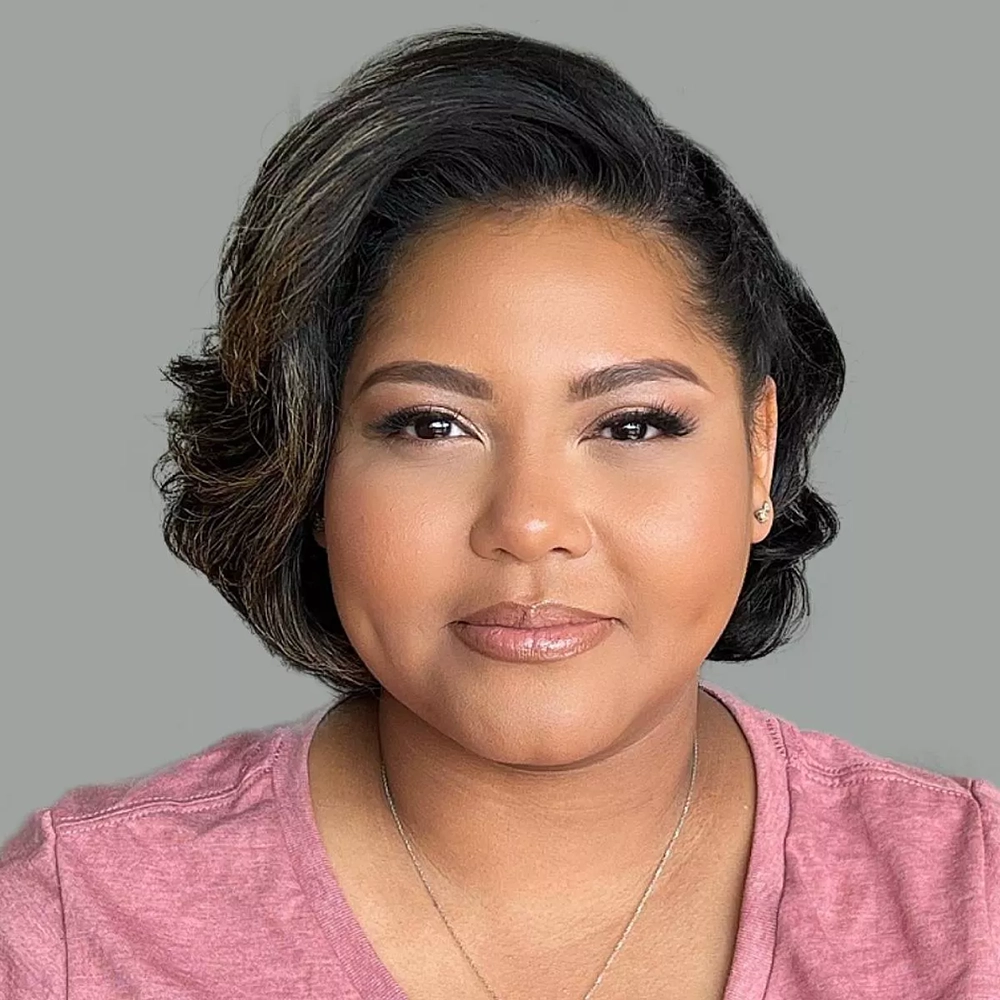Benefits of Regular Hair Trimming
Regular hair trimming is not only a matter of personal grooming, but it also brings various benefits to the overall health and appearance of your hair. It may seem counterintuitive to cut your hair in order for it to grow longer and healthier, but the truth is that regular trims play a crucial role in hair maintenance. Whether you have short or long locks, understanding the benefits of regular hair trimming can help you make informed decisions about your hair care routine.
1. Prevention of Split Ends: One of the most common hair problems that many people face is split ends. Split ends not only make your hair look dull and damaged but can also lead to further breakage if left untreated. Regular trims can help prevent split ends by removing the damaged ends and keeping the hair shaft intact. By removing split ends, you ensure that your hair continues to grow strong and healthy.
2. Improved Hair Growth: Contrary to popular belief, trimming your hair can actually promote hair growth. When you get rid of split ends or any damaged parts of your hair, it prevents further breakage and allows the hair to grow without hindrance. Regular trims stimulate the hair follicles, which in turn promotes healthy hair growth. The longer you go without trimming, the more potential for breakage and slower growth.
3. Enhanced Hair Texture: Regular hair trims can do wonders for the overall texture of your hair. By removing the dry and damaged ends, your hair will feel smoother, softer, and more manageable. Trimming encourages the growth of fresh and healthy hair, which contributes to an overall improvement in texture. If you struggle with frizzy or unruly hair, regular trims can help tame those flyaways and make styling easier.
4. Maintain Style and Shape: If you have a specific haircut or style that you love, regular trims are essential for maintaining its shape and structure. As your hair grows, the initial style may start to lose its form. By scheduling regular trims, you can keep your hair looking fresh and ensure that the desired style is maintained. This is especially important for those with layered or textured haircuts.
Regular hair trimming is a key component of maintaining healthy hair. By preventing split ends, promoting hair growth, enhancing texture, and maintaining style, regular trims contribute to the overall health and appearance of your mane. Remember, while the ideal frequency of trimming may vary depending on your hair type and condition, it is generally recommended to schedule a trim every 6-8 weeks. By incorporating regular trims into your hair care routine, you can enjoy the numerous benefits and keep your locks looking their best.
Determining the Ideal Time to Trim
Regular hair trims are essential for maintaining healthy hair. It helps in getting rid of split ends, promoting hair growth, and achieving a fresh, polished look. However, knowing when to trim your hair can be a bit perplexing. The ideal time to trim your hair depends on several factors including hair type, texture, and length. Here are some key considerations to help you determine the ideal time to trim your precious locks.
- Hair Length: The length of your hair is a crucial factor in determining when to get a trim. If you have short hair, a trim every 4-6 weeks can help maintain its shape and style. For medium-length hair, a trim every 6-8 weeks can prevent split ends from developing further. As for long hair, it is recommended to get a trim every 8-12 weeks to keep it looking healthy and avoid excessive breakage.
- Split Ends: Split ends are a clear sign that it’s time for a trim. If you notice frequent split ends, it indicates that your hair is damaged and in need of a trim. Regular trims can help prevent split ends from traveling up the hair shaft and causing further damage.
- Texture and Thickness: The texture and thickness of your hair also play a role in determining when to trim. If you have coarse or curly hair, you may need more frequent trims to prevent tangling and maintain shape. On the other hand, if you have fine or thin hair, trims every few months might be sufficient to maintain its health and prevent thinning.
Signs Your Hair Needs a Trim
Having healthy and beautiful hair is a dream for many of us. However, maintaining hair health requires regular trims to prevent split ends and promote hair growth. But how do you know when it’s time for a trim? Here are signs that indicate your hair is in need of some pruning:
- Split Ends: One of the most common signs that it’s time for a trim is the presence of split ends. Split ends occur when the protective outer layer of your hair cuticles is damaged, causing the hair to split into two or more strands. If you notice frayed or split ends, it’s a clear indication that you need to trim your hair.
- Unmanageable Hair: Is your hair becoming increasingly difficult to style or comb? Does it tangle easily and resist your attempts to make it look smooth and healthy? If so, it’s a sign that your hair is damaged and needs to be trimmed. Regular trims help eliminate tangles and make your hair more manageable.
- Lack of Shine: If your hair lacks its usual luster and shine, it could be a sign that it’s time for a trim. Over time, the ends of your hair can become dry and damaged, leading to a dull appearance. Trimming off these damaged ends will restore the shine and vitality of your hair.
Knowing the signs that indicate your hair needs a trim is crucial for maintaining its health and overall appearance. By keeping an eye out for split ends, unmanageable hair, and lack of shine, you can ensure that your hair stays in its best condition. Remember, regular trims are essential for the long-term health and beauty of your hair.
Effect of Seasonal Changes on Hair Health
Seasonal changes can have a significant impact on the health of our hair. As the seasons shift, our hair can be affected in various ways, such as increased dryness, frizziness, or even hair loss. Understanding how different seasons can impact our hair health is essential for maintaining vibrant and healthy locks all year round.
One of the most noticeable effects of seasonal changes on hair health is increased dryness. During colder months, the air tends to be drier, leading to a lack of moisture in our hair. This can result in a dry scalp, brittle hair, and increased frizz. To combat this, it is important to use hydrating and moisturizing hair products, such as deep conditioning treatments or leave-in conditioners. These products can help restore moisture to the hair, keeping it nourished and healthy.
In addition to dryness, seasonal changes can also impact the rate of hair growth. Many people experience increased hair shedding during the fall and spring months. This is commonly referred to as seasonal hair loss. While it may be concerning to see more hair fall out, it is a natural process that occurs as our hair transitions from one growth phase to another. By understanding this seasonal shedding pattern, we can avoid unnecessary panic and focus on maintaining overall hair health.
Another important aspect to consider is the effect of UV rays on our hair during different seasons. Exposure to the sun’s harmful rays can lead to hair damage, including fading of color, dryness, and increased vulnerability to breakage. Protecting our hair from UV damage is crucial, regardless of the season. Wearing hats or scarves, using UV protection sprays, and avoiding excessive sun exposure are effective measures to preserve the health and integrity of our hair.
| Season | Effect on Hair |
|---|---|
| Summer | Increased exposure to UV rays, leading to dryness and color fading |
| Fall | Seasonal hair loss due to transition from the growth phase to the resting phase |
| Winter | Dryness and lack of moisture in the hair and scalp |
| Spring | Similar to fall, seasonal hair loss may occur during this transition period |
It is advisable to adjust our hair care routine and products according to the needs of each season. Using heavier moisturizers or oils during colder months can help combat dryness, while incorporating UV protection products is crucial during the sunnier seasons. Regular deep conditioning treatments and minimizing heat styling can also contribute to maintaining hair health throughout the year.
To conclude, understanding the effect of seasonal changes on hair health is vital for maintaining luscious and vibrant locks. By adapting our hair care routine, protecting our hair from UV damage, and being aware of natural shedding patterns, we can ensure that our hair remains healthy and strong all year round.
Recommended Frequency of Trimming
The recommended frequency of trimming your hair depends on several factors such as hair type, hair condition, and personal goals. However, in general, it is recommended to trim your hair every 6-8 weeks.
Regular hair trims can help to maintain the health and appearance of your hair. By removing split ends and preventing them from traveling up the hair shaft, trims can help to minimize hair breakage and promote hair growth. Trimming also helps to eliminate any dry or damaged ends, leaving your hair looking smoother and healthier.
Trimming your hair every 6-8 weeks also allows you to refresh your hairstyle and keep it looking neat and well-maintained. This can be especially important if you have a shorter haircut or if you frequently style your hair with heat tools or chemical treatments.
It’s important to note that while regular trims are recommended, it’s also essential to listen to your hair’s needs. If you notice any signs of damage or the ends of your hair appear split or frayed, it may be necessary to trim your hair more frequently.
Trimming Long Hair for Special Occasions
Having long hair can be a lot of fun, but it also comes with its own set of challenges. One such challenge is figuring out what to do with your long locks for special occasions. Whether you’re attending a wedding, a formal event, or simply want to dress up for a night out, it’s important to find the perfect hairstyle that will complement your outfit and make you feel confident. Trimming your long hair before a special occasion can make a world of difference and ensure that your hair looks healthy and vibrant.
One of the benefits of regular hair trimming is that it helps to promote healthy hair growth. By getting rid of split ends and damage, your hair will be able to grow longer and stronger. This is especially important if you’re planning on styling your hair for a special occasion. When your hair is healthy and free from damage, it’s much easier to achieve the desired look and style.
Determining the ideal time to trim your hair for a special occasion is crucial. Ideally, you should schedule a trim a few weeks before the event to allow your hair enough time to settle and acclimate to its new length. This will also give you time to experiment with different hairstyles and ensure that you’re comfortable with your new look.
- Signs your hair needs a trim:
- Split ends
- Tangled and knotted hair
- Dull and lifeless appearance
- Breakage and frizz
The effect of seasonal changes on hair health is something to consider when trimming your hair for a special occasion. During the winter months, hair tends to get drier and more prone to damage. Therefore, it’s important to take extra care of your hair during this time and provide it with the necessary moisture and protection.
When it comes to the recommended frequency of trimming, it generally depends on your hair type and how fast it grows. On average, most people benefit from a trim every 6-8 weeks. However, if you have particularly dry or damaged hair, it may be beneficial to schedule trims more frequently to prevent further damage.
| Protective Measures | Preserve Long Hair |
|---|---|
| Use heat protectant products | Avoid excessive heat styling |
| Avoid harsh chemicals | Deep condition regularly |
| Avoid tight hairstyles | Protect hair from UV rays |
In conclusion, trimming long hair before a special occasion is essential for achieving a polished and put-together look. Regular trims help maintain the health and vitality of your hair, ensuring that it looks its best. By determining the ideal time to trim, recognizing the signs your hair needs a trim, and considering the impact of seasonal changes, you can ensure that your hair is in optimal condition for your special event. Remember to follow recommended trimming frequencies and take protective measures to preserve the health and length of your long hair.
Protective Measures to Preserve Long Hair
When it comes to maintaining long hair, protective measures play a crucial role in preserving its health and length. Long hair requires special care and attention to prevent damage and breakage. By taking certain precautions and following a careful hair care routine, you can ensure that your long locks stay strong and beautiful. In this blog post, we will discuss some essential protective measures that you can incorporate into your hair care routine to preserve and maintain the health of your long hair.
1. Avoid Heat Styling: Excessive heat can cause significant damage to your hair strands, leading to breakage and split ends. It’s important to minimize the use of heat styling tools such as straighteners, curling irons, and blow dryers. If you must use them, make sure to apply a heat protectant spray or serum to minimize the damage.
2. Use a Wide-Toothed Comb: When detangling your long hair, it’s crucial to use a wide-toothed comb or a brush specifically designed for detangling. This helps to prevent unnecessary pulling and breakage. Start from the ends and work your way up to the roots, gently removing any knots or tangles.
3. Protect Your Hair While Sleeping: To prevent friction and breakage during sleep, consider using a silk or satin pillowcase. These fabrics are smoother and cause less friction against your hair compared to cotton pillowcases. You can also protect your hair by tying it up in a loose bun or braid before going to bed.
4. Avoid Tight Hairstyles: Pulling your long hair into tight hairstyles such as ponytails, buns, or braids can cause strain on the hair follicles and lead to breakage. Opt for loose hairstyles that allow your hair to breathe and move freely. If you do wear tight hairstyles occasionally, make sure to give your hair regular breaks by wearing it down or in a looser style.
5. Trim Regularly: While the focus here is on preserving long hair, regular trims are still important to maintain its overall health. Trimming helps to remove split ends and prevent them from traveling up the hair shaft, which can lead to further damage. Aim for a trim every 8-12 weeks to keep your long hair looking its best.
| Protective Measures for Long Hair | Benefits |
|---|---|
| Avoid Heat Styling | Minimizes damage and breakage |
| Use a Wide-Toothed Comb | Prevents pulling and breakage during detangling |
| Protect Hair While Sleeping | Prevents friction and breakage |
| Avoid Tight Hairstyles | Prevents strain and breakage |
| Regular Trimming | Removes split ends and maintains overall hair health |
By implementing these protective measures, you can preserve the health and length of your long hair. Remember to be gentle with your hair, avoid excessive heat and tight hairstyles, and trim regularly to keep your locks looking their best. With proper care and attention, you can enjoy the beauty and strength of your long hair for years to come.


























